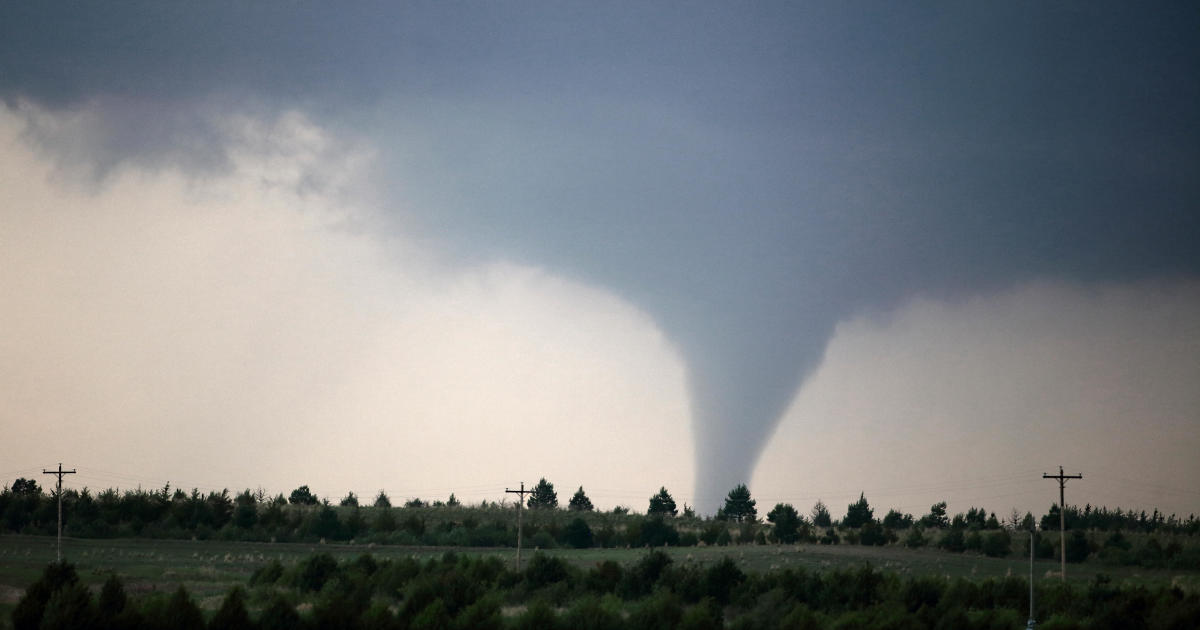
A key indicator for tracking the spread of COVID-19 has officially reached “high” levels across western U.S. states, data from the Centers for Disease Control and Prevention now shows. But the agency says it remains too early to say whether this year’s summer COVID-19 surge has arrived nationwide.
Levels of SARS-CoV-2 virus showing up in wastewater samples are climbing in most parts of the country, according to figures from the agency through June 27.
Health authorities have increasingly relied on analyzing samples from sewers to get a sense of COVID-19 trends, now that cases are largely no longer being tested or reported. The CDC also relies on data from emergency rooms and hospitals to track the virus.
Nationwide, levels of the virus in wastewater are still “low,”the CDC says. But across the West, preliminary figures from the most recent weeks show this key COVID-19 trend has now passed above the threshold that the agency considers to be “high” levels of the virus.
“Summer is back and we are about to have the summer bump, that we call it, of COVID cases. You know, we have a bump in the summer, and then it goes down in the fall, and goes up more substantially in the winter,” Dr. William Schaffner, professor at Vanderbilt University School of Medicine, told CBS News.
However, the CDC has stopped short of saying that this year’s summer surge has begun.
“During April and May 2024, COVID-19 activity was lower than at any time since the start of the pandemic. Recent increases need to be considered from that baseline,” the CDC said in a statement Friday.
Previous years have seen increases of COVID-19 levels over the summer after trends plummet during the spring, though not always at this exact time of the season. Last year’s summer surge did not peak until late August or early September.
“While there are indications for the potential start of a summer surge, nationally COVID-19 activity remains low. CDC will continue to monitor to see if these recent increases persist,” the agency said.
COVID trends are highest in Hawaii
Some of the worst COVID-19 trends among western states have been in Hawaii, which has been now seeing wastewater levels higher than this past winter’s peak.
COVID-19 emergency room visits in Hawaii have also been at some of the worst levels in over a year, in the CDC’s data from recent weeks — beyond peaks last summer and winter.
These trends could now be showing signs of letting up.
The CDC’s forecasters announced last week that COVID-19 cases are now “likely declining” in one U.S. state — Hawaii — after weeks of increases. Emergency room visits across the regions spanning Hawaii through Arizona now also look to be plateauing, short of peaks from last year’s summer and winter waves.
LB.1 variant increases in the East
The increases have come as officials and experts have been tracking the rise of a new variant on the opposite side of the country: the LB.1 variant, a descendant of the JN.1 variant from this past winter’s wave.
Through early June, the CDC estimates that LB.1 had reached 30.9% of cases in the region spanning New York and New Jersey. Less than 1 in 10 cases across western states were from LB.1 during the same time period.
COVID-19 trends have climbed in emergency room data from the New York and New Jersey area, but remain far from the levels seen at the peaks of either last winter or summer’s peaks.
In wastewater, the Northeast’s trends of the virus rank among the lowest of any region and remain at levels still considered to be “minimal” by the agency.
NB: Ratingmania is a place to find the finest discounts on the internet and all the necessities.
Source url www.cbsnews.com
Centers for Disease Control and Prevention, COVID-19, COVID-19 Pandemic








